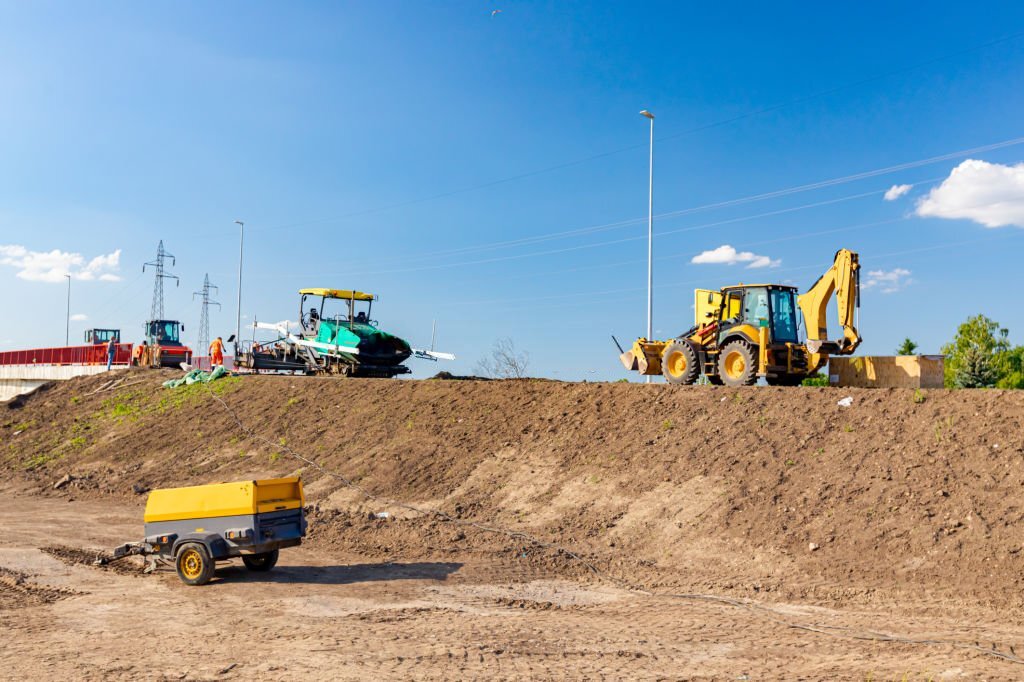
As heavy equipment operations evolve, the question of whether power generators can be safely operated in enclosed spaces arises. The efficiency of generators in powering heavy machinery is undeniable, but the implications of operating them in confined environments are multifaceted. In this comprehensive article, we delve into the intricacies of operating power generators for heavy equipment in enclosed spaces. From exploring feasibility and safety concerns to ventilation requirements, emission considerations, regulatory standards, and best practices, we navigate the complexities surrounding generator operation within confined environments.
Feasibility of Operating Generators in Enclosed Spaces
The feasibility of operating generators in enclosed spaces depends on various factors.
1. Generator Size: Smaller generators with lower emissions may be more suitable for enclosed spaces due to ventilation limitations.
2. Ventilation Infrastructure: The presence of proper ventilation systems can significantly impact the feasibility of generator operation.
3. Emission Levels: Generators with lower emissions are more conducive to operating in enclosed spaces to prevent air quality issues.
4. Load Demand: The power demands of heavy equipment must be compatible with the generator’s capacity and emission levels.
Safety Concerns and Health Considerations
Operating generators in enclosed spaces raises legitimate safety and health concerns.
1. Carbon Monoxide (CO) Poisoning: Inadequate ventilation can lead to carbon monoxide buildup, a deadly gas produced by generators.
2. Health Risks: Prolonged exposure to generator emissions can lead to respiratory issues, headaches, dizziness, and other health problems.
3. Fire Hazard: Combustible materials present in enclosed spaces can pose a fire hazard due to generator heat and emissions.
Ventilation Requirements
Proper ventilation is essential to ensure the safe operation of generators in enclosed spaces.
1. Air Exchange Rate: Enclosed spaces must have a sufficient air exchange rate to prevent the buildup of harmful gases.
2. Airflow Direction: Establish clear airflow paths to ensure the effective removal of emissions and the circulation of fresh air.
3. Mechanical Ventilation: Implement mechanical ventilation systems, such as exhaust fans, to facilitate proper air circulation.
4. Emergency Ventilation: In case of ventilation system failure, emergency ventilation measures should be in place.
Emission Considerations
Generator emissions can impact air quality and pose environmental challenges.
1. Exhaust Emissions: Diesel generators emit pollutants such as nitrogen oxides (NOx) and particulate matter (PM) that can degrade air quality.
2. Particulate Filters: Installing particulate filters can reduce exhaust emissions and minimize their impact on air quality.
3. Emission Standards: Compliance with emissions standards set by regulatory agencies is crucial when operating generators in enclosed spaces.
4. Emission Testing: Regular emission testing ensures that generator emissions are within acceptable limits.
Regulatory Standards and Compliance
Regulatory standards dictate the safe operation of generators in enclosed spaces.
1. Occupational Safety and Health Administration (OSHA): OSHA regulations set exposure limits for hazardous gases like carbon monoxide.
2. Environmental Protection Agency (EPA): EPA standards regulate emissions from generators to minimize their impact on air quality.
3. Local Regulations: Local governments may have specific regulations related to generator operation and air quality in confined spaces.
4. Industry Guidelines: Different industries may have their own guidelines for operating generators safely in enclosed environments.
Best Practices for Operating Generators in Enclosed Spaces
Adhering to best practices is vital to ensure the safe and effective operation of generators in confined environments.
1. Ventilation Assessment: Conduct thorough ventilation assessments to determine if enclosed spaces can support safe generator operation.
2. Emission Monitoring: Regularly monitor generator emissions to ensure compliance with regulatory standards.
3. Operator Training: Provide training to operators on the risks and safety protocols associated with operating generators in enclosed spaces.
4. Emergency Procedures: Establish clear emergency procedures for generator-related incidents in confined environments.
Technological Advances and Future Trends
Advancements in technology are shaping the future of operating generators in enclosed spaces.
1. Emission Control Systems: Advanced emission control technologies are being developed to reduce harmful emissions from generators.
2. Remote Monitoring: Real-time monitoring systems allow operators to track emissions and generator performance remotely.
3. Smart Controls: Smart control systems can optimize generator operations based on real-time data, enhancing efficiency and emissions control.
Conclusion
The operation of power generators for heavy equipment in enclosed spaces is a complex endeavor that requires careful consideration of feasibility, safety concerns, ventilation, emissions, and regulatory standards. Balancing the demands of operational efficiency with environmental and operator safety considerations is pivotal. As industries continue to evolve and technological advancements continue, the safe operation of generators in enclosed spaces will remain a vital topic, reflecting a commitment to responsible and sustainable heavy equipment operations in confined environments.

